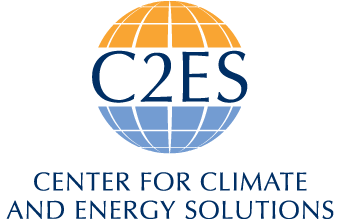Publication
International Climate Assistance
The United States and other developed countries provide assistance to developing countries to help them reduce greenhouse gas emissions, by protecting forests and deploying clean technologies, and to help them adapt to the impacts of climate change. In FY 2010, …
